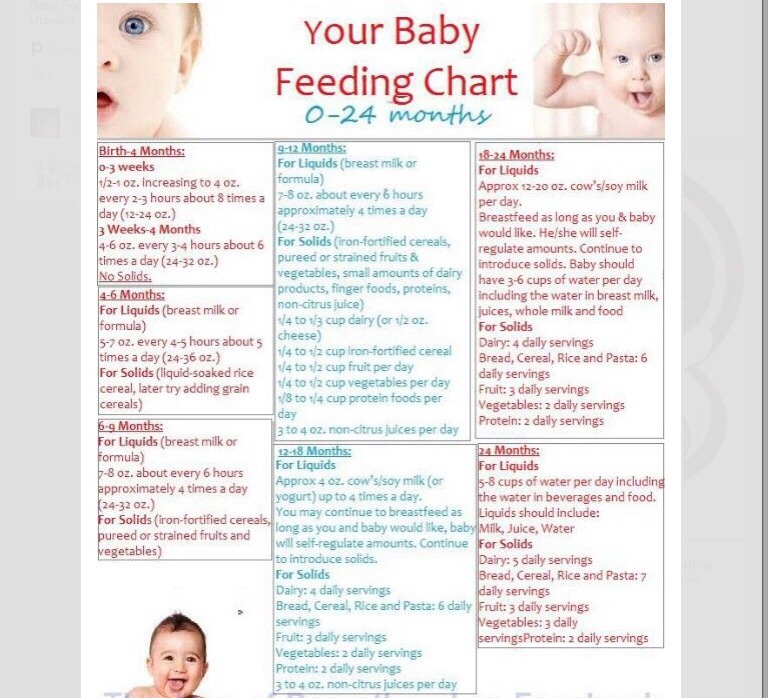Twin baby feeding schedule
Newborn Twin Schedules. Eat, play, sleep sample schedules.
Newborn twin schedules
When I was expecting twins I started to think hard about my twin schedules. I didn’t want to have one twin sleeping and the other awake. I knew I had to be intentional in my planning.
Now that I am raising twins I am so glad I took this time to think through the schedule! I don’t have one baby eating while the other is sleeping. Our days run well.
I really like reading other parent’s feeding schedule and sleeping schedule, especially for that first year. I like to see if I can be more efficient in anything, if they have any good ideas I should try to implement in our lives, or if there is anything else I can learn about baby sleep.
It can be comforting during times of mommy-doubt to see that other people are doing things similar to what we are. (If other parents’ days look like ours, I can’t be the worst mom ever, right?) It also helps when things are just not working to see what works for others and get some new ideas.
When the kids are little, the schedule is soooo important. A good routine can be the difference between everyone being fussy and crying all day, and having a great day. I also know that in the early days of a new baby everything can be so chaotic. Having some form of routine to follow gives me a sense of control (even though it is usually all in my head), which makes me feel better about our days.
If you want to learn how to put your twins on a schedule this will help—> How To Get Twins on a Schedule
In the hopes of helping out another twin parent googling away as I have (and probably will do in the future), here are the schedules I used for the girls in their first few months. These are the bare bones, eating and goal nap times.
What's In This Post?
- Newborn Twin Schedules
- 1 month old
- 2 months old
- 3 months old
- More Resources
- Twin Schedule Tips
- How To Get Twins on a Schedule
- Daily Wake Time with Twins: How To Get Your Twins on a Schedule
- Twin Wake Times and Bedtime Routines: How To Get Your Twins on a Schedule
- Anchor Naps: Setting Your Twin Nap Schedule
- Twin Schedules
- No Cry Sleep Training: How To Gently and Effectively Teach Your Baby To Sleep
- Twin Sleep
- The Best Sleep Tools for Twins (Because Twin Parents Need Rest!)
- How To Sleep Train Twins in the Same Room
- What To Do When Your Twin Babies Cry at the Same Time (And You're All Alone)
- Babywise Twins: FAQ and A
- Related
Honestly, it was still a lot of on-demand nursing and sleeping for these new twin babies. We had a lot of people coming to visit, so I didn’t try to implement anything.
We had a lot of people coming to visit, so I didn’t try to implement anything.
We did have a daily wake time of 8am for the first nursing of the day, and loosely followed a 2.5-3 hour schedule after that. I didn’t let the girls go longer than 3 hours between feedings. (Yes, I broke the ‘never wake a sleeping baby’ rule. Wake those babies up to eat!)
This isn’t too soon to start a bedtime routine for twins. This will help in the future as you help your twins sleep.
2 months old8am: Official wake up and nurse
9am: Nap
10:45am: Up and nurse
12pm: Nap
1:15pm: Up and nurse
2:15pm: Nap
4pm: Up and nurse
6:15pm: Nurse
7:15-9pm: Nap and cluster feed as needed
9pm: Upstairs to nurse and into bed
Middle of the night: nurse as needed, usually 2-3 times
At two months it was much easier to feed my twins at the same time, and you can see this is a breastfeeding twins schedule. It works for formula feeding twins as well.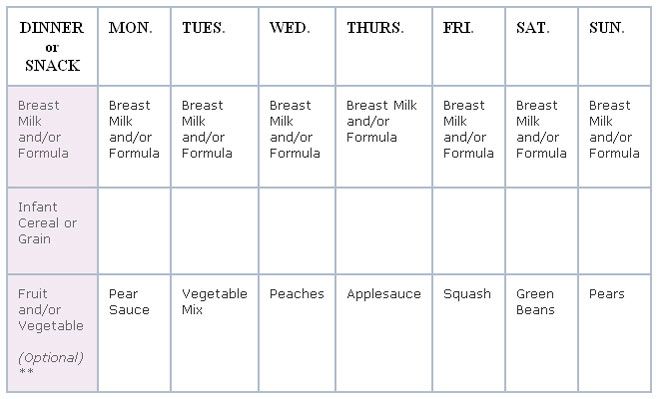
If you need help feeding newborn twins at the same time, read this —> How To Breastfeed Twins: The Logistics of Tandem Nursing
3 months old7:45am: Official wake up and nurse
8:45am: Nap
10:30am: Up and nurse
11:30am: Nap
12:45pm: Up
1:30pm: Nurse
2pm: Nap
4:30pm: Up and nurse
5:30-6pm: Nap off and on in bouncer
6:30pm: Nurse then to bed
9pm: Dream feed
Middle of the night: nurse once, usually between 4am and 5am.
(Around 15 weeks was when we switched from cluster feeds as needed to the dream feed.)
Babywise moms will probably notice I took some liberties with the eat, play, sleep cycle around the middle of the day. I knew I wanted the girls to nap at the same time as Ben as soon as possible.
In order for that to happen, I set that afternoon nap time (our anchor nap) and worked nursing around it. I made the middle of the day nap a shorter one and did nurse the girls right before the longer afternoon nap.
That middle of the day time is also when we usually get out of the house, meaning the girls got catnaps in the car. Not always ideal, but it got us closer to the goal of everyone having the same afternoon nap time.
Don’t be afraid to work on these sleep times with your twins sharing a room—> Sleep Training Twins in the Same Room)
So there it is! Three months of how we tried to go about our days. Of course, every day wasn’t perfect. If the girls were hungry earlier I fed them earlier. If they were tired the slept more.
Having a routine helped make those first few months of having twins so much easier. I knew when they would be hungry, which made being able to get out of the house possible. The girls also started getting into the rhythm of naps and started taking longer naps.
It takes effort to try to use a schedule, but those efforts are so worth it (especially when those babies become toddlers!). We are already seeing it pay off with good naps and happy babies!
More ResourcesWe know there is so much more to taking care of newborn twins than just attempting a schedule. Here are some more resources to help you out with your newborn twins.
Here are some more resources to help you out with your newborn twins.
Breastfeeding Twins: The Ultimate Resource Guide
Taking Care of Twins Alone: What To Do When They Both Cry
How To Get Out Alone With Twins
Twin Sleep: Answers To All Your Questions
Twin Gear: Essentials on a Budget
And if you are a new twin mom (or still in the pregnancy stage) and have questions on setting up your twin schedule, feel free to email me! I would love to help: [email protected]
How useful was this post?
Click on a star to rate it!
Let us improve this post!
Tell us how we can improve this post?
Page not found - Team Cartwright
We didn't find any posts for your search term
Latest Posts
Exploding bag experiment for kids. Ages: Preschool, PreK, KindergartenDifficulty: EasyLearning: Cause and Effect, Chemical Reactions, STEM Let’s just cut to the chase. Explosions (safe, no one getting hurt, and nothing …
Read More about Exploding Bag Experiment for Kids
Leak proof bag experiment for kids. Science experiment demonstrating polymers. Ages: Preschool, PreK, Kindergarten Difficulty: Easy Learning: Scientific Method, Polymers, STEM Science activities are the best, but it is extra …
Science experiment demonstrating polymers. Ages: Preschool, PreK, Kindergarten Difficulty: Easy Learning: Scientific Method, Polymers, STEM Science activities are the best, but it is extra …
Read More about Leak Proof Bag Experiment
Binary Beading STEM Craft Ages: Preschool, PreK, Kindergarten Difficulty: Easy Learning: STEM, Coding, Motor Skills The story of St. Valentine says that St. Valentine married couples in secret when it …
Read More about Binary Beading STEM Craft
Fluffy Snow Slime Ages: Toddler, Preschool, PreK, Kindergarten Difficulty: Easy Learning: Sensory Want to play with snow but don’t want to deal with the cold? Then you have got to try this fluffy …
Read More about Fluffy Snow Slime – Stretchy, Icy Fun!
How to make edible cereal slime and the science behind it. Ages: Toddler, Preschool, PreK, Kindergarten Difficulty: Medium Learning: Sensory Breakfast is the most important meal of the day right? At least that’s …
Read More about Cereal Slime- Edible Slime for Kids!
Magic Spider Web Experiment: STEAM Craft for Kids Want to make a magical Halloween craft your kids will love? Oh, and learn a little science of course. This is super …
This is super …
Read More about Magic Spider Web Experiment: Halloween STEAM Activity
Bathing Twins: How To Give Twins a Bath without Help Twin parents and caregivers everywhere know that having twins, especially twin babies, is way more than just doing everything twice. …
Read More about Bathing Twins: A How To Guide for New Twin Parents
Roll a robot printable counting game for preschool and preK. Ages: Toddler, Preschool, PreK, Kindergarten Difficulty: Easy Learning: Number Sense, Counting, Fine Motor Skills, Scissor Skills Does your child love …
Read More about Roll a Robot Printable Counting Game
How to make allergy-friendly playdough- Edible sunbutter play dough. Ages: Toddler, Preschool, PreK Difficulty: Easy Learning: Sensory, States of Matter We love making peanut butter play dough. It’s one of …
Read More about Edible Sunbutter Play Dough
How to make edible Jello slime, taste-safe sensory play. Ages: Toddler, Preschool, PreK, Kindergarten Difficulty: Easy Learning: Sensory, States of Matter Some slime is so cool it looks good enough …
Ages: Toddler, Preschool, PreK, Kindergarten Difficulty: Easy Learning: Sensory, States of Matter Some slime is so cool it looks good enough …
Read More about Edible Jello Slime (Fast and Easy Sensory Activity)
Breastfeeding twins and triplets
Being a mother of twins or triplets is a great joy, but at the same time a challenge, especially in terms of breastfeeding. However, with proper support, breastfeeding twins is quite possible. Read more about this in our article.
Share this information
When you are expecting several babies, there are many things to think about, feeding is the first thing. Organizing breastfeeding for twins or even triplets is a very difficult task. But be sure: it is possible, and the result will justify itself doubly.
Like any breastfeeding mother, you need to understand the basic principles of breastfeeding: how milk production depends on consumption, how to find the right position and help babies latch on.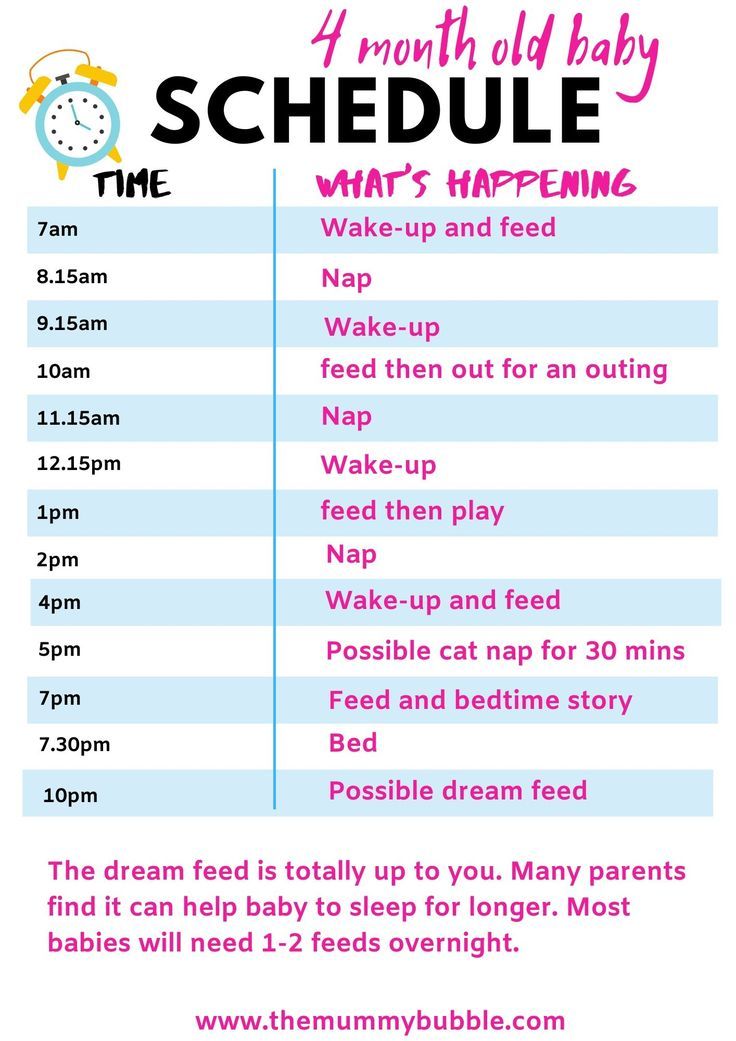
Additional difficulties in breastfeeding multiple babies are associated with time (more precisely, its absence), maintaining the mother's physical strength and finding the optimal feeding pattern. Solving these problems will be easier with someone's support.
How to prepare for breastfeeding twins?
The main thing is to start preparing before the birth. Even if you've breastfed before, talk to an expert about feeding twins.
You can attend special courses for pregnant women, and a lactation consultant or supervising physician can teach you the basic principles of twin care and answer any questions. In addition, it will be useful to talk to mothers of twins and find information about small and large communities dedicated to raising twins. These communities often host meetings, publish helpful articles, provide phone support, and offer other types of assistance.
Arrange in advance with relatives and friends to help around the house, ask them to take over cooking, cleaning and shopping responsibilities so that you can fully devote yourself to breastfeeding. Robin, a mother of four from Canada, says this is extremely important: “For the first two months, my mother-in-law lived with us. I can’t imagine what I would do without her!”
Robin, a mother of four from Canada, says this is extremely important: “For the first two months, my mother-in-law lived with us. I can’t imagine what I would do without her!”
In addition, it is important to correctly understand what awaits you. You will have to learn how to breastfeed two children at the same time, you will not sleep much, and at first you will not have time to leave the house at all.
“Life is going to be pretty stressful at first: get ready to dedicate all your time to breastfeeding,” warns Helen Tourier, head of support at the British Twins and Triplets Care Association (Tamba), a professional nurse and mother of three children, including twins. Feeding may take longer, especially if the babies have spent some time in the neonatal intensive care unit.
How to start breastfeeding twins?
The best way to start breastfeeding successfully is to ensure skin-to-skin contact with babies as soon as possible after birth. 1 Include this item in your birth plan and discuss your intention to breastfeed with your partner and healthcare providers ahead of time. Consider what to do if babies are born prematurely or are admitted to the neonatal intensive care unit.
Consider what to do if babies are born prematurely or are admitted to the neonatal intensive care unit.
Ideally, breastfeeding should begin immediately after delivery, even after a caesarean section. Doctors should bring you babies and teach you how to properly attach them to the breast. If they haven't, ask for it and be sure to involve your partner so they know how to help you.
“I think the main reason I was able to successfully breastfeed my twins, having previously struggled with feeding my eldest son, was the help from the maternity hospital experts during those critical early days,” says Zoe, mother of three from Great Britain.
Will I have enough milk for two babies?
Yes. The more babies you feed, the more milk is produced. Research shows mothers of triplets can produce three liters of milk a day0029 2 , despite the fact that the average baby boy needs 831 ml of milk per day. 3
After you give birth, you will begin to produce enough colostrum (nutrient-rich first milk) to feed newborn babies for the first two to four days. After that, the production of milk will take place on the principle of supply and demand.
After that, the production of milk will take place on the principle of supply and demand.
Focus on the needs of the little ones. Breastfeed as soon as you notice any signs of hunger in any of them - babies may begin to wake up, stick out their tongue, turn their heads, grunt, lick their lips, suck their fingers. This will help your body produce enough milk.
How to make breastfeeding twins easier?
You and your little ones will have to learn by trial and error. One baby may latch on better, eat more often, or gain weight faster than another. Remember that every baby is unique. If you have any difficulties or doubts, contact a specialist.
“An obstetrician I know helped me for a long time to find the right position so that the babies would latch on correctly, — one of my daughters had problems with this at first,” says Anna, a mother of two children from the UK, “In the first month, I really needed help during feeding - at least in order to give me babies. It's hard to handle two babies at the same time, especially when they're so small."
It's hard to handle two babies at the same time, especially when they're so small."
Remember, the first weeks are the hardest. Feeding will not always be such a long and tiring process. And don't forget that breast milk, in any quantity, brings enormous health benefits to your babies.
If you're not sure you can make do with breastfeeding alone, or babies aren't gaining enough weight on breastmilk, discuss feeding options with your healthcare provider, lactation consultant or healthcare provider, and your partner to make the best decision together for your family.
Comfort and proper attachment to the breast is the key to successful feeding. Use a special breastfeeding pillow to find the optimal position and relieve stress on your wrists, arms, shoulders and back.
Although all your energy and attention will be devoted to babies, do not neglect your own nutrition and health.
Bethan, a British mother of two, advises: “Try to get as much sleep as possible. Order groceries online and schedule delivery when family or friends are home. Prepare a large bottle of water and drink at every feeding. Ask relatives to take the children away after feeding so that you can rest.
Order groceries online and schedule delivery when family or friends are home. Prepare a large bottle of water and drink at every feeding. Ask relatives to take the children away after feeding so that you can rest.
What if babies cannot suckle?
If one or both babies need to be hospitalized or were born prematurely, breastfeeding is still possible but will have to wait. If babies cannot latch on, you can express milk for them. So you can start and establish the production of milk, and your babies will receive all the useful substances that it contains. Your healthcare provider will help you learn how to feed with a syringe, tube, or other method. It is necessary to express milk according to the breastfeeding schedule - every two to three hours for about the first month. 4
“I had a C-section at 30 weeks and my twin girls spent a few weeks in the neonatal intensive care unit,” recalls Monika, mother of three from Switzerland, “We were only able to start breastfeeding at 34 weeks.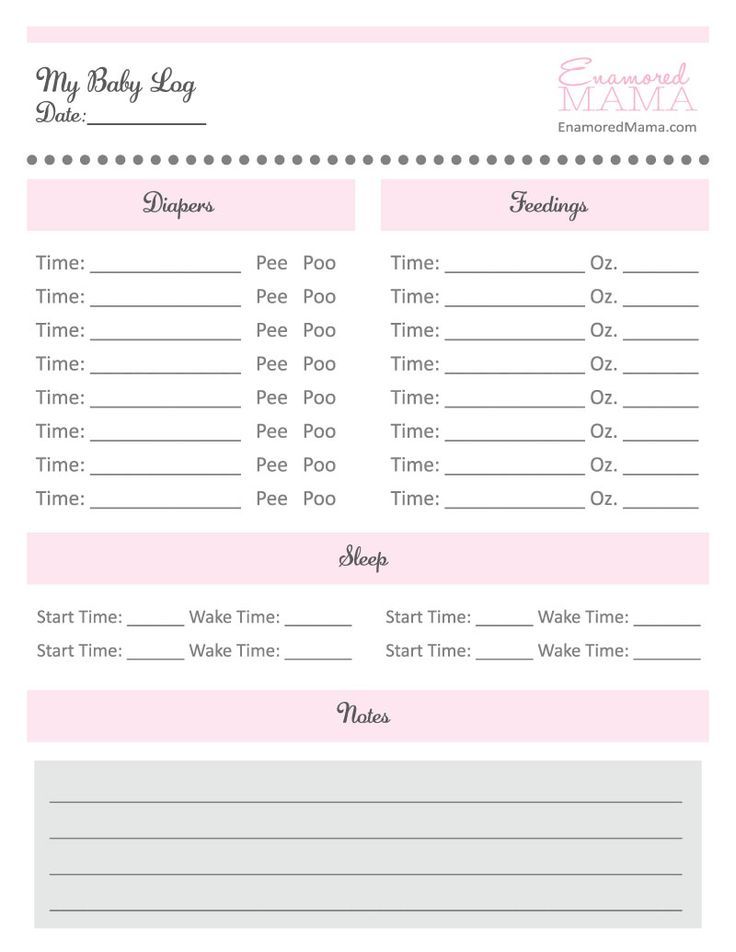 35 weeks. So for the first month, I pumped milk every day—at least eight times a day. I felt that this was the most important thing I could do for them.”
35 weeks. So for the first month, I pumped milk every day—at least eight times a day. I felt that this was the most important thing I could do for them.”
One of your babies may be strong enough to breastfeed on his own, while the other needs expressed milk. In this situation, many mothers prefer to express milk for a weak baby at the same time as feeding a strong one.
Breast milk has been shown to reduce the risk of developing serious diseases that preterm infants are more susceptible to, including necrotizing enterocolitis and sepsis. 5 So if your babies are getting even a little expressed breast milk, you know that you have created the best conditions for them.
How to feed twins: together or separately?
Each option has its own advantages. Until you get comfortable, it is worth feeding the babies separately, and then switch to pair feeding to save time.
There are many positions for breastfeeding twins, such as under the arm (one baby under one arm, the other under the other), parallel (both babies lie across the mother's body with their heads in the same direction) or lying down (both babies lie on the mother's stomach) . Ask a lactation consultant or supervising doctor to show you these poses. Perhaps you will like one of them or you will use different poses in different situations.
Ask a lactation consultant or supervising doctor to show you these poses. Perhaps you will like one of them or you will use different poses in different situations.
“It was easier for me to feed my twins at the same time,” says Zoe, a mother of three from the UK, “I also fed both at night at night. If one woke up for feeding, the husband woke up the second.
It may be more convenient for you to feed the babies separately when they ask, or to wake the second one after feeding the first one. And you can combine all three options.
Breastfeeding two babies at the same time in public is not easy, but for this case you can buy special capes so as not to be embarrassed.
“However, pair feeding of two babies is not for everyone. It happens that when one takes a breast, the second one throws, - says Robin, a mother of four children from Canada, - It just drove me crazy. It ended up that I began to feed in turn. Yes, it took more time, but I was calm.”
Some mothers assign each baby a specific breast and feed from that breast all the time. But it is much more useful to rotate the mammary glands in case one produces more milk than the other. Such a problem may arise in the early days, especially if one of the babies is weaker. In rotation, the stronger baby will stimulate the weaker baby to produce milk, so that sooner or later both breasts will produce the same amount of milk.
But it is much more useful to rotate the mammary glands in case one produces more milk than the other. Such a problem may arise in the early days, especially if one of the babies is weaker. In rotation, the stronger baby will stimulate the weaker baby to produce milk, so that sooner or later both breasts will produce the same amount of milk.
Breastfeeding multiple babies is very difficult for me. What to do?
Don't be afraid to ask your loved ones to take care of you so that you can take care of your little ones. "Sometimes coping means not taking on what you can't handle," says Bethan, a UK mom of two.
Seek psychological support and expert help at any stage of breastfeeding.
“I lost my composure at the sixth week,” recalls Billy, a mother of four from the UK, “I called the hotline and went to the breastfeeding support group, where I was advised on more comfortable positions. I don't regret it at all."
Most importantly, don't blame yourself if something doesn't work out for you. Breastfeeding multiple babies can sometimes seem like a daunting task.
Breastfeeding multiple babies can sometimes seem like a daunting task.
“Breastfeeding one baby takes a lot longer than you might think. The main thing is to stay calm, - says Olivia, mother of four children from Australia, - And it takes much more patience to feed two children. But the result is worth it."
Literature
1 Crenshaw JT. Healthy birth practice# 6: Keep mother and baby together - it's best for mother, baby, and breastfeeding. J Perinat Educ . 2014;23(4):211. — Crenshaw, JT, "Physiological Birthing Practices #6: Mother and Baby Should Be Together - Better for Mother, Baby, and Breastfeeding." J Perinat Eduk (Perinatal education). 2014;23(4):211.
2 Flidel - Rimon O , Breastfeeding twins and high multiples.Arch Dis Child Fetal Neonatal Edn. 2006;91(5):F377-F380. — Fidel-Raymond O. , Shinwell I.S., "Breastfeeding Twins, Triplets, etc." Arch Dis Child Fetal Neonatal Edn. 2006;91(5):F377-F380.
, Shinwell I.S., "Breastfeeding Twins, Triplets, etc." Arch Dis Child Fetal Neonatal Edn. 2006;91(5):F377-F380.
3 Kent JC et al. Volume and frequency of breastfeedings and fat content of breast milk throughout the day. Pediatrics. 2006;117(3):e387-395.- Kent JS et al., "Amount and frequency of breastfeeding and fat content of breast milk during the day." Pediatrix (Pediatrics). 2006;117(3): e 387-95.
4 Kent JC Principles for maintaining or increasing breast milk production. J Obstet Gynecol Neonatal Nurs . 2012;41(1):114-121. - Kent J.S. et al., "Principles for Maintaining and Increasing Milk Production". G Obstet Ginecol Neoneutal Nurs. 2012;41(1):114-121.
5 Underwood MA. Human milk for the premature infant. Pediatr Clin North Am . 2013;60(1):189-207. - Underwood M.A., "Breast milk for the premature baby". Pediatrician Clean North Am. 2013;60(1):189-207.
Pediatr Clin North Am . 2013;60(1):189-207. - Underwood M.A., "Breast milk for the premature baby". Pediatrician Clean North Am. 2013;60(1):189-207.
Newborn twins – you will be saved by the twins day routine
Having got two children at the same time, parents at first panic, trying to cope with the piled-up cycle of affairs, not forgetting about the constant duties that no one has canceled. Even with one baby, a young mother has a hard time, and the peculiarities of life with two children - twins make the transition from a business woman to a tortured mother even faster.
Saves in this situation the daily routine so adored by our grandmothers. Of course, twin babies will object loudly at first, but after a few days they will also be drawn into the established daily routine, which will definitely benefit them. The sequence of actions and activities that the newborn twin will undergo will help parents plan the day and find a minute, or even ten, for sleep, rest and just household chores.
Twin Mode – A Proven Necessity for Generations
The routine should be the same for each of the babies, although the feeding, wake and sleep cycle can be influenced by different factors: how many babies, how many people help you, and whether you breastfeed babies. However, each child should have a certain sequence of times for feeding, wakefulness and sleep. Do not change the sequence of these elements except for feeding late at night when there is no waking time. For premature babies, there may be slight deviations in this regard. By bringing all activities with children to a common denominator, after a while you will be able to confidently plan your day and not feel like a feeding machine.
Feeding
If you have newborn twins and only one person is caring for them who can feed them, then a sliding daily routine will help you. It looks like this: the person who feeds (usually a mother) at the beginning of the hour begins to feed the first child, finishes feeding after half an hour, puts the child in an infant seat located nearby and begins to feed the second child. At the beginning of the next hour, the first baby is ready to go to bed, and the second has just woken up for feeding. After all the babies have been fed, you will have an hour and a half until the next cycle. Of course, it is much more preferable if two people can feed the children, so the mother can express breast milk “for the future”, offering the children in turn the breast and the bottle, which allows you to involve the father or assistant in feeding. If you have helpers, then the daily routine that twin babies will follow will be approximately the same for both children. In addition, you can practice breastfeeding twins at the same time, for which several convenient positions have been developed - this twin mode allows you to synchronize the cycles of children, freeing up another half hour of freedom for mom. In the case of artificial feeding, the process of feeding twins is much simpler, and allows any member of the family to feed the babies.
At the beginning of the next hour, the first baby is ready to go to bed, and the second has just woken up for feeding. After all the babies have been fed, you will have an hour and a half until the next cycle. Of course, it is much more preferable if two people can feed the children, so the mother can express breast milk “for the future”, offering the children in turn the breast and the bottle, which allows you to involve the father or assistant in feeding. If you have helpers, then the daily routine that twin babies will follow will be approximately the same for both children. In addition, you can practice breastfeeding twins at the same time, for which several convenient positions have been developed - this twin mode allows you to synchronize the cycles of children, freeing up another half hour of freedom for mom. In the case of artificial feeding, the process of feeding twins is much simpler, and allows any member of the family to feed the babies.
Wake time
For the first few weeks you won't have to worry about wake time, but soon babies won't fall asleep at feeds and will start to take an interest in the world around them. The most convenient place from where a child can observe others is a reclining chair. Later in such a chair, you can bottle feed your baby and start giving solid food while he is still too small for a high chair. Be careful, never leave a child alone in a reclining chair!
The most convenient place from where a child can observe others is a reclining chair. Later in such a chair, you can bottle feed your baby and start giving solid food while he is still too small for a high chair. Be careful, never leave a child alone in a reclining chair!
Individual attention
Spend time with each child individually so that they do not feel left out. Twin babies should spend time every day in independent play, as well as spend some time alone with mom and dad. We inevitably perceive twins as a single entity. We feed, change diapers, change and bathe them at the same time. If we do everything according to the schedule and for all the children together, then we can be sure that the needs of each child are met, which is much easier for parents. At the same time, by planning and organizing the time of wakefulness and play activities of children, you get rid of monotony and monotony. Take one child with you for a walk or shopping, and leave the other with your husband. Or read to one child while the other child is busy playing on his own - each of the twins is an independent person, with his own healthy selfish desire to have his mother's full attention, and this should be taken into account when organizing a twin mode.
Or read to one child while the other child is busy playing on his own - each of the twins is an independent person, with his own healthy selfish desire to have his mother's full attention, and this should be taken into account when organizing a twin mode.
In addition, if you can leave one of the babies at home during a walk, there is no need to manage a bulky stroller for twins.
Playpen, 2 pieces
As children grow older, they will find someone their own age trying to grab the toy they were aiming at. Competition stimulates development, but on the other hand, you won’t have enough time to separate and console each baby. Then the playpen becomes a refuge in which children can do what they want, no one interferes with them and no one takes away toys. So it is advisable for parents of twins to take care of buying a pair of playpens if twin babies are prone to disputes. Believe me, this investment will more than pay for itself over time, in addition, the presence of two playpens can greatly untie mom's hands so that she can devote some time to herself or household chores.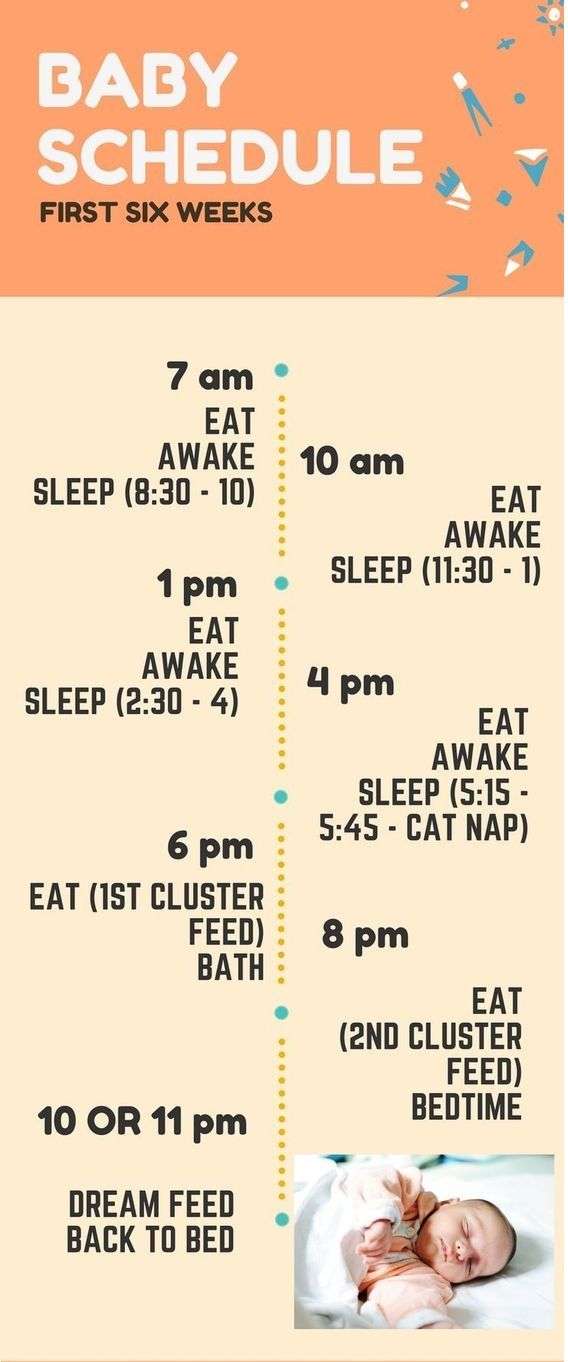 You can use the playpen from 3-4 months: start with 10 minutes and gradually increase the time the child spends independently in the playpen, and by the year this time period should be 30 minutes.
You can use the playpen from 3-4 months: start with 10 minutes and gradually increase the time the child spends independently in the playpen, and by the year this time period should be 30 minutes.
Dad to help you
Understanding the priority of marital relationships is the basis of a harmonious family life. All other relationships in the family will depend on how good and strong the relationship between husband and wife is. Good spouses are good parents. This truth is especially evident in families where newborn twins have appeared. The father should help and be directly involved in the upbringing of each of the kids.
A wife will be able to listen, share and enjoy communication with her husband only if she feels supported and inspired by a man. If you have twin babies, the woman will inevitably have to feed, change, bathe and take care of the children the most. She has no time for fatigue, twenty-four hours a day she must show courage, assess the situation with the children and make important decisions, and at the same time cope with domestic issues. The more you protect and help her, the more you can be sure that in return you will receive a collected, wise mother and calm, balanced children.
The more you protect and help her, the more you can be sure that in return you will receive a collected, wise mother and calm, balanced children.
Well, a planned twin regime will allow the couple to spend some time together, enjoying the presence of a loved one and paying attention to their own needs.
From the particular to the general
If at first it was more convenient to bathe and feed the children in turn, since the parents had not yet really learned how to hold newborn twins in their arms, then starting from four to six months it is much easier to establish a general daily routine. Unlike the weather with different needs, the needs of the newborn twins are the same.
It becomes logical to start a daily routine when all the procedures are done not in turn, but together - after all, mom and dad now feel more confident, the children are introduced to complementary foods and they are already uncertain, but they are sitting. This means that they can be fed, washed, walked together, they will enthusiastically play together, but the individual time for communication with each child should be left unchanged.








